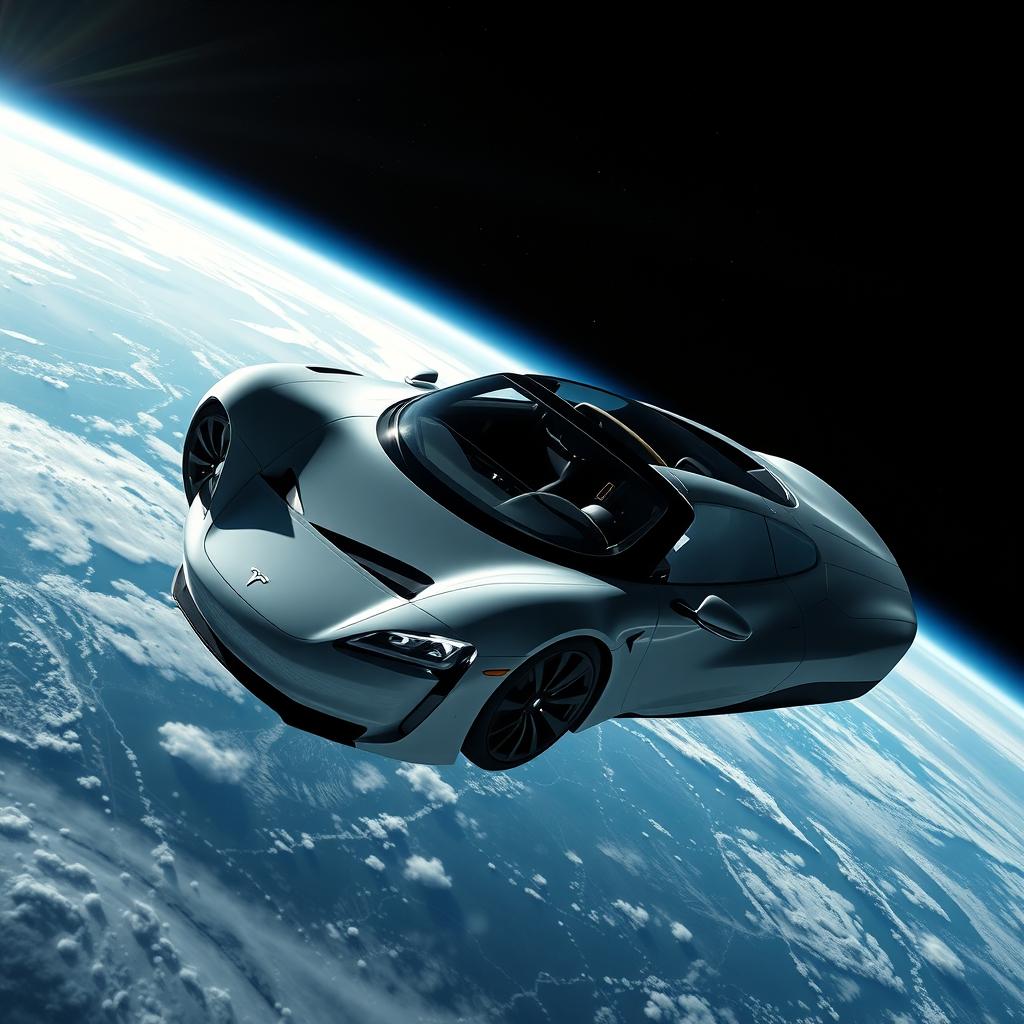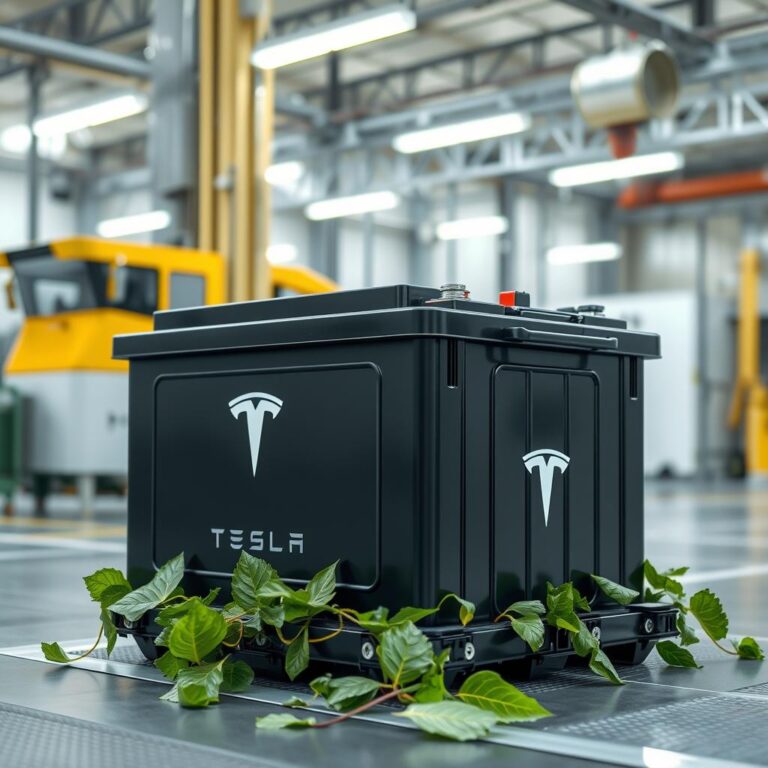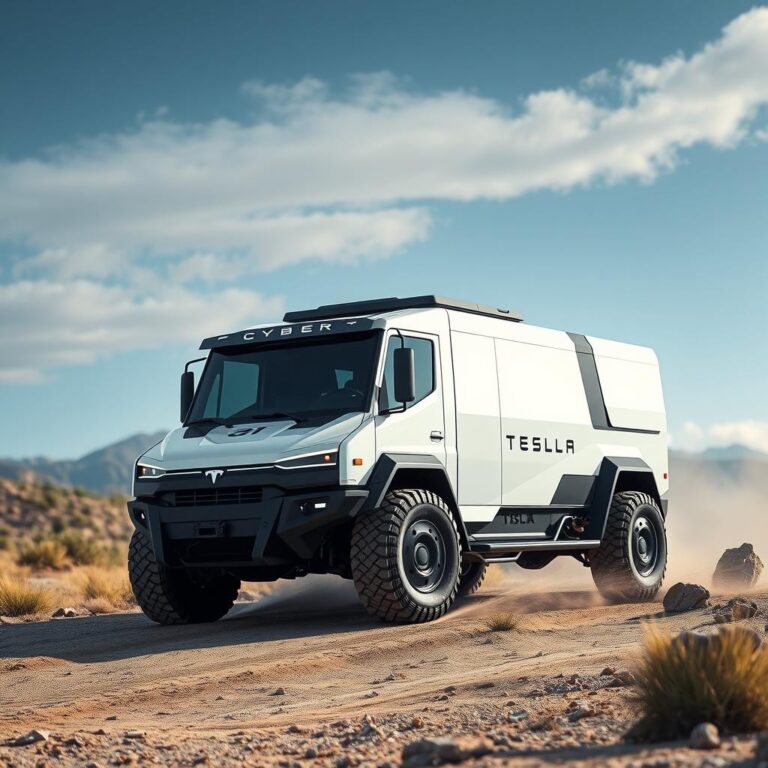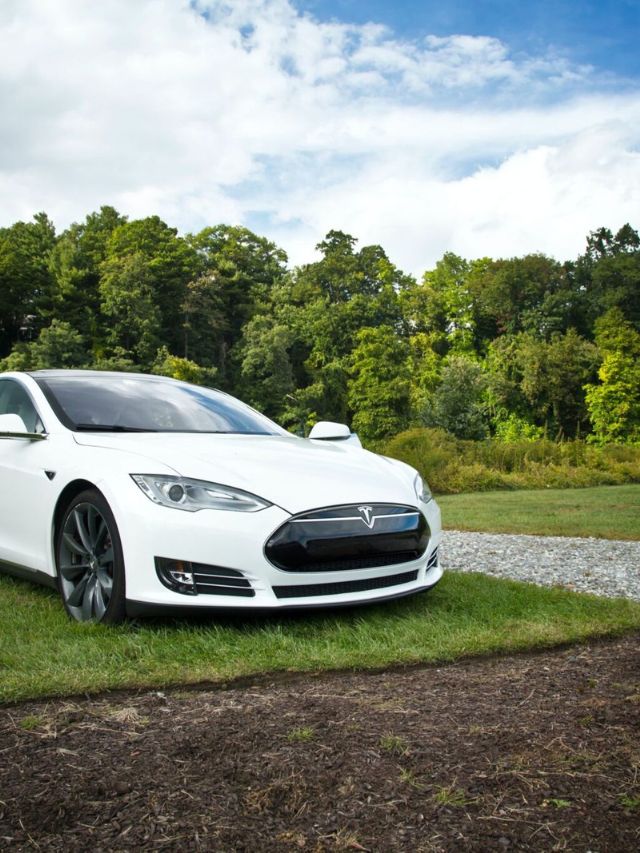Can Tesla Car Drift?
Can Tesla Car Drift?
If you’re a car enthusiast or have seen some of the exciting performance videos online, you might wonder: “Can Tesla cars drift?” Drifting is a driving technique where a car intentionally loses traction on the rear wheels, causing the car to slide or “drift” through a turn. Typically, drifting is associated with rear-wheel-drive (RWD) cars, but with Tesla’s advancements in technology, the question arises: can a Tesla car drift as well?
In this article, we’ll explore whether Tesla cars are capable of drifting, how Tesla’s drivetrain and technology affect this driving technique, and whether drifting in a Tesla is possible and safe.
Can Tesla Cars Drift?
The short answer is: yes, Tesla cars can drift, but there are several factors to consider. While traditional drifting is usually done in rear-wheel-drive (RWD) cars, Tesla’s all-wheel-drive (AWD) system in many models creates a unique driving experience. Drifting in an all-wheel-drive vehicle can be more challenging but not impossible. Tesla’s performance models, like the Model S Plaid or the Model 3 Performance, offer plenty of power and torque, which may make drifting feasible, especially with the right conditions.
That being said, Tesla vehicles are not designed for drifting, and doing so could put unnecessary stress on the vehicle. Let’s explore how Tesla’s technology works and whether it’s ideal for drifting.
1. Tesla’s Drivetrain: Rear-Wheel, All-Wheel, and Dual Motor Systems
The ability to drift depends largely on the type of drivetrain a car has. Tesla vehicles come in different configurations that impact how they handle power distribution:
- Rear-Wheel Drive (RWD): In a RWD vehicle, power is sent to the rear wheels, which is the ideal setup for drifting. This setup allows the rear wheels to lose traction, causing the car to slide and drift. Tesla’s older models like the base Model S used RWD, and drifting was possible in those configurations.
- All-Wheel Drive (AWD): Tesla’s more recent models, including the Model 3 and Model Y, come standard with AWD. In an AWD car, power is sent to both the front and rear axles, which makes it harder to break traction at the rear wheels and initiate a drift. AWD systems are typically designed for maximum traction and stability, making them less conducive to traditional drifting techniques.
- Dual Motor AWD: Tesla’s dual motor system uses two electric motors—one for the front wheels and one for the rear wheels. This setup provides even more control and power, making the car incredibly fast and responsive. While it’s more difficult to induce a drift in this setup, some drivers may still be able to slide the car by intentionally disrupting traction with the right technique.
Overall, while a Tesla may not be designed with drifting in mind, the high torque and powerful motors in Tesla vehicles provide an opportunity for skilled drivers to drift, particularly in models with rear-wheel-drive configurations.
2. Drifting in an AWD Tesla: Is It Possible?
Drifting in an all-wheel-drive Tesla, like the Model 3 or Model Y, is more challenging but not impossible. The AWD system is designed to distribute power to both the front and rear wheels, which helps maintain traction and stability. However, in certain circumstances, such as slippery or low-traction surfaces (like wet or icy roads), the rear wheels might still lose traction, allowing for a controlled slide.
That said, trying to initiate a drift in an AWD Tesla under normal conditions requires more skill and finesse compared to traditional RWD vehicles. Some performance enthusiasts have successfully drifted AWD Teslas, but it requires the right conditions and a well-executed technique.
3. Tesla’s Performance Models: Are They Built for Drifting?
Performance versions of Tesla vehicles, such as the Model S Plaid and Model 3 Performance, offer immense power and torque, making them highly capable on the track or in more extreme driving situations. These cars are equipped with advanced suspension systems, larger motors, and higher-performance tires that can handle the stress of high-speed driving and cornering. They also have a sophisticated torque-vectoring system that can independently control power to each wheel, enhancing the vehicle’s handling and responsiveness.
While these performance models are optimized for speed and acceleration, they’re not specifically designed for drifting. Nonetheless, their raw power and performance capabilities make them fun to drive in spirited, high-performance scenarios. Tesla’s performance vehicles can handle aggressive cornering, but excessive drifting could cause undue wear on the tires, suspension, and drivetrain.
4. Can You Activate a Drifting Mode in Tesla Cars?
Currently, Tesla does not offer a specific “drift mode” like some performance-oriented vehicles from other manufacturers. However, Tesla’s Track Mode feature, which is available in the Model 3 Performance and Model S Plaid, allows drivers to adjust the car’s handling settings for a more responsive and track-oriented driving experience. This mode increases the car’s agility, but it’s still not specifically designed to aid in drifting.
In Track Mode, the car’s stability control is adjusted, and the power distribution between the motors is optimized for better handling. Although this isn’t the same as a dedicated drift mode, it can give drivers more control and allow for more aggressive driving on a closed track or in controlled conditions.
5. Is It Safe to Drift in a Tesla?
While drifting can be fun, it’s important to note that it’s not recommended to engage in this activity with your Tesla, especially on public roads or in uncontrolled environments. Drifting places significant stress on the car’s tires, suspension, and drivetrain. Over time, this can lead to excessive wear and tear and potentially costly repairs.
Additionally, drifting is a technique that requires advanced skill to perform safely. It’s important to practice in a safe, controlled environment like a racetrack or an area designed for such activities. Engaging in drifting on public roads can be dangerous to both you and others on the road, and in many places, it is illegal.
Conclusion: Can Tesla Cars Drift?
In conclusion, yes, Tesla cars can drift, but it’s not their intended purpose. Drifting is easier in rear-wheel-drive Tesla models, but it’s possible in all-wheel-drive models under certain conditions. Tesla’s performance vehicles, like the Model S Plaid and Model 3 Performance, have the power and torque to handle aggressive driving, but excessive drifting can lead to unnecessary wear on the car’s components. Tesla does not offer a dedicated drift mode, but the cars are equipped with performance features like Track Mode to enhance handling and driving dynamics.
If you’re looking to drift a Tesla, it’s important to do so responsibly and in a safe, controlled environment. While Teslas are incredible performance machines, it’s crucial to prioritize safety and maintenance to ensure the longevity and reliability of your vehicle.

Frequently Asked Questions About Tesla Cars and Drifting
1. Can I activate a drift mode in my Tesla?
Currently, Tesla does not offer a dedicated “drift mode” like some performance cars from other manufacturers. However, Tesla’s Track Mode, available in the Model 3 Performance and Model S Plaid, adjusts handling settings to make the car more responsive and agile for high-performance driving. While it’s not designed specifically for drifting, Track Mode gives you more control, which can make it easier to push the car to its limits in a controlled environment like a racetrack.
2. Does Tesla’s all-wheel drive affect drifting?
Yes, Tesla’s all-wheel-drive (AWD) system makes it harder to initiate a traditional drift, as it provides power to both the front and rear wheels. AWD systems are designed to maximize traction and stability, which is the opposite of what’s needed for drifting. In a drift, you want the rear wheels to lose traction, which is easier to achieve in rear-wheel-drive (RWD) cars. While it’s possible to drift in an AWD Tesla under specific conditions, it’s more difficult and requires skilled technique.
3. Is drifting in a Tesla safe?
Drifting, in general, can be risky and places additional strain on the car’s tires, suspension, and drivetrain. While it can be done safely in a controlled environment like a racetrack, drifting on public roads is both dangerous and illegal in many areas. Tesla does not recommend drifting as a regular activity, as it can lead to premature wear and tear. Always practice drifting in a controlled setting and ensure the car is well-maintained to handle the stress of aggressive driving.
4. Can the Tesla Model S Plaid drift?
The Tesla Model S Plaid, with its incredibly powerful motors and advanced handling systems, has the performance capabilities to handle aggressive driving, including drifting, under the right conditions. While the Plaid is an AWD vehicle, it offers such high torque and performance that experienced drivers might be able to drift it on a track with the right technique. However, Tesla doesn’t offer a dedicated drift mode, so drifting in a Model S Plaid requires skill and caution.
5. Why would I want to drift in a Tesla?
While drifting in a Tesla can be fun for performance enthusiasts, it’s not a recommended practice for everyday driving. Drifting is often done for the thrill and the challenge, but it can damage your car if done regularly. Tesla cars are primarily designed for safety, efficiency, and performance, and while they can handle aggressive driving in certain conditions, they are not designed for drifting. If you’re interested in drifting, it’s best to do so in a controlled environment like a racetrack where you can push the car’s limits safely.
6. Will Tesla make it easier to drift in future models?
While Tesla’s focus is on performance and innovation, it’s unlikely that they will specifically design future models with drifting in mind. Tesla vehicles are optimized for high efficiency, safety, and performance, and while they are capable of spirited driving, they are not performance cars built specifically for drifting. However, Tesla continues to improve its performance models, and the introduction of features like Track Mode shows that Tesla is dedicated to enhancing driving dynamics, even if drifting isn’t the primary focus.
Conclusion: Can Tesla Cars Drift?
In conclusion, Tesla cars can drift, but it’s not their primary function. With rear-wheel-drive models, it’s easier to initiate a drift, but with Tesla’s more common all-wheel-drive setup, drifting becomes more difficult. The Tesla Model S Plaid and Model 3 Performance offer incredible performance and can handle aggressive driving, but they are not designed with drifting in mind.
If you’re interested in drifting with your Tesla, it’s important to understand that doing so can cause significant wear and tear on the vehicle. While Tesla’s Track Mode can help enhance the car’s handling, excessive drifting can lead to costly repairs. Always ensure that any drifting is done safely and in controlled environments like racetracks to avoid damaging your car and to ensure your safety.



